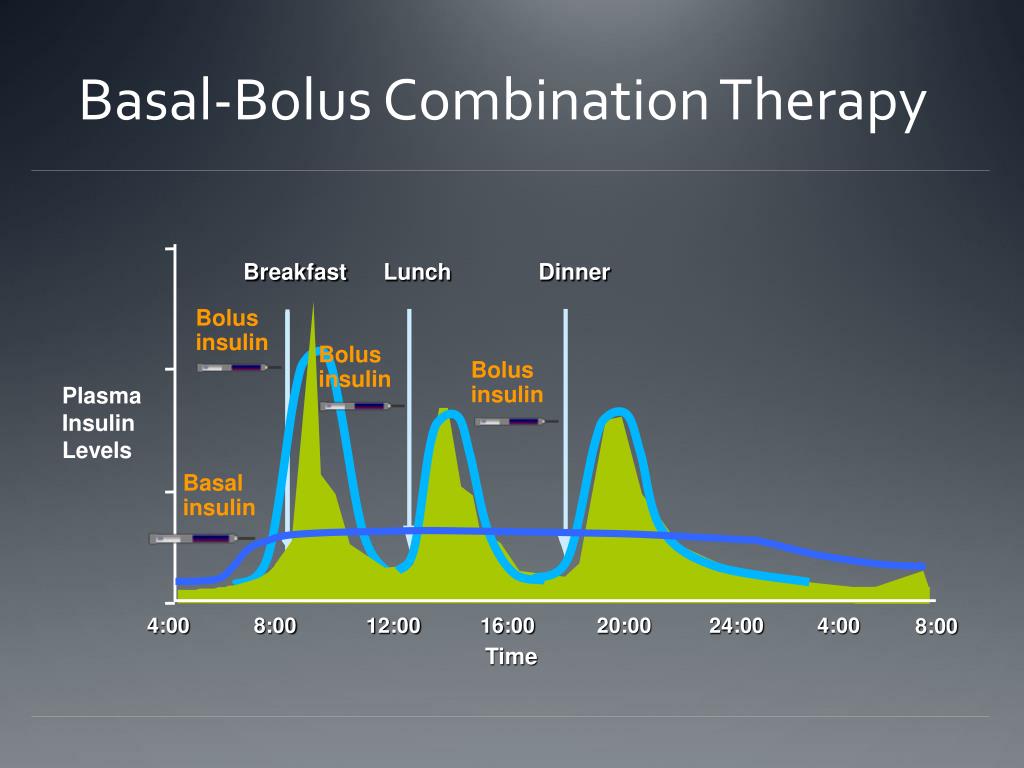
4Įvidence from the Whitehall II cohort study 5 indicated that insulin resistance and intermittent hyperglycemia were found about 13 years before the diagnosis of T2D, and unstable decompensation of beta-cell function started about 2–6 years before the diagnosis at a time when more sustained hyperglycemia at pre-diabetes range developed in the face of worsening insulin resistance. 3 Deterioration of beta-cell function is reflected by elevated fasting blood glucose and hemoglobin A1c (HbA1c), and reduced insulin secretion. 2 The mediating pathways of hyperglycemia that contribute to beta-cell dysfunction include organs associated with insulin resistance like the liver, skeletal muscle and adipose tissue, leading ultimately to a progressive decline of beta-cell function in the face of insulin resistance. 1 Although patients with T2D often secrete large amounts of insulin, insulin sensitivity and secretion are imbalanced, and the increased concentration of insulin is not sufficient to meet the increased demands imposed by obesity and insulin resistance. It broadly encompasses any form of diabetes that is not type 1 diabetes, Maturity Onset Diabetes of the Young (MODY) or secondary diabetes. Type 2 diabetes (T2D) tends to have a complex etiology that cannot be encapsulated by a single feature. The highest median hemoglobin A1c value was noted in cluster 2 (88 mmol/mol) and the lowest in cluster 1. Clinical and biomarker variables associated with insulin resistance like obesity, abdominal adiposity, fatty liver, and high serum triglycerides were mainly seen in clusters 1 and 3.

On the contrary, beta-cell function, defined as median HOMA2-β, was progressively declining from cluster 1 (78.3) to cluster 3 (30), to cluster 2 (22.3) (p<0.001). Insulin sensitivity, defined as median HOMA2-S, was progressively increasing from cluster 1 (35.4) to cluster 3 (40.9), to cluster 2 (76) (p<0.001). Results The cluster analysis identified three statistically different clusters: cluster 1 (high insulin resistance and high beta-cell function group), which included patients with low insulin sensitivity and high beta-cell function cluster 2 (low insulin resistance and low beta-cell function group), which included patients with high insulin sensitivity but very low beta-cell function and cluster 3 (high insulin resistance and low beta-cell function group), which included patients with low insulin sensitivity and low beta-cell function.


 0 kommentar(er)
0 kommentar(er)
